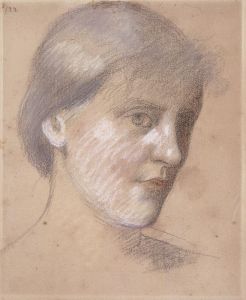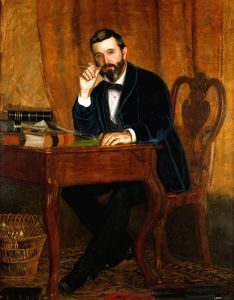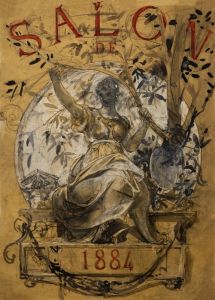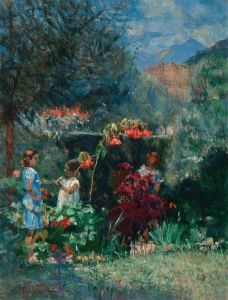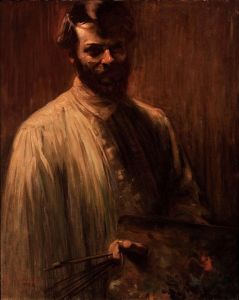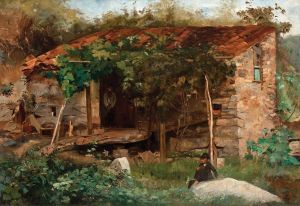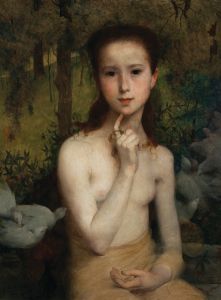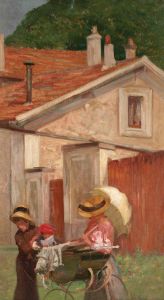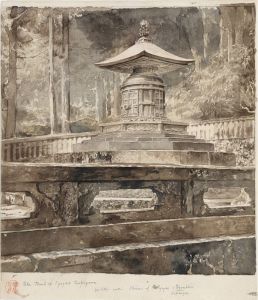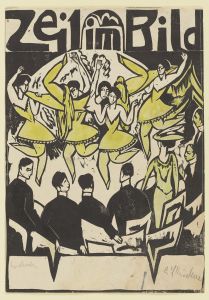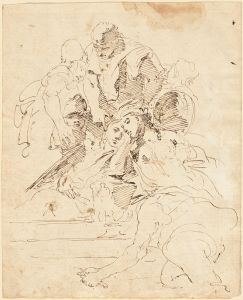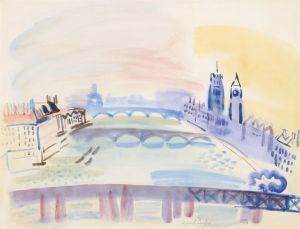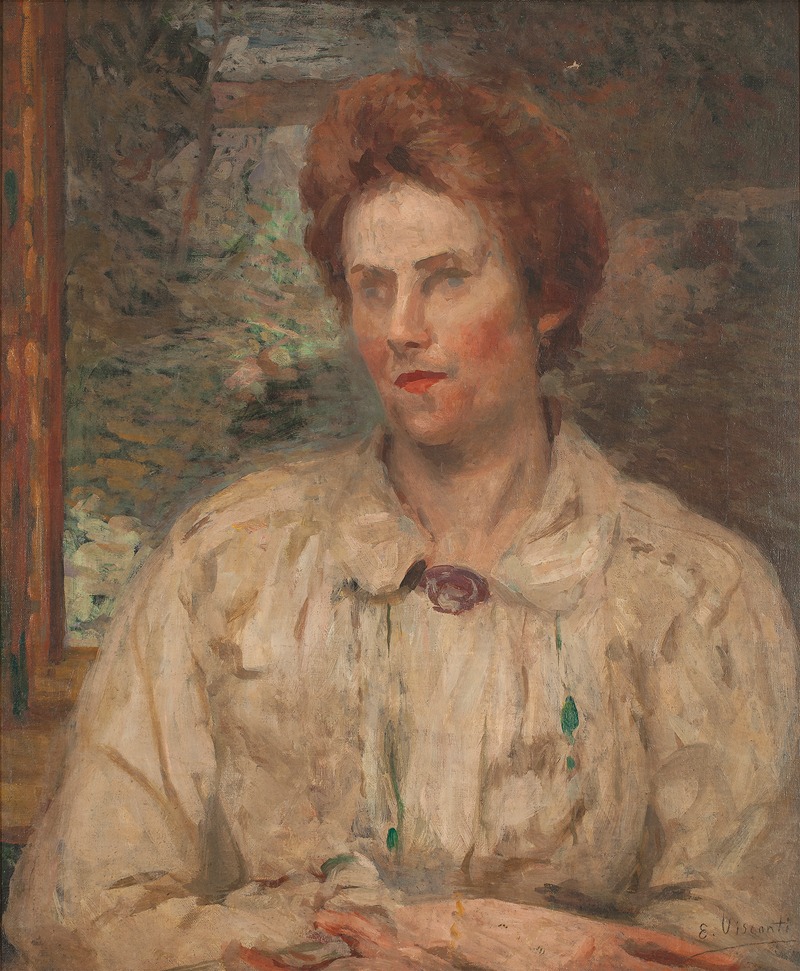
Retrato de Louise
A hand-painted replica of Eliseu Visconti’s masterpiece Retrato de Louise, meticulously crafted by professional artists to capture the true essence of the original. Each piece is created with museum-quality canvas and rare mineral pigments, carefully painted by experienced artists with delicate brushstrokes and rich, layered colors to perfectly recreate the texture of the original artwork. Unlike machine-printed reproductions, this hand-painted version brings the painting to life, infused with the artist’s emotions and skill in every stroke. Whether for personal collection or home decoration, it instantly elevates the artistic atmosphere of any space.
Eliseu Visconti was a prominent Brazilian artist known for his contributions to the development of modern art in Brazil. Born in 1866 in Salerno, Italy, Visconti moved to Brazil with his family as a child. He became one of the most influential figures in Brazilian art, known for his versatility and mastery in various artistic styles, including Impressionism and Art Nouveau. Visconti's work spans painting, drawing, and design, and he played a significant role in introducing European art movements to Brazil.
"Retrato de Louise" is one of Visconti's notable works, showcasing his skill in portraiture. The painting is a portrait of Louise, though specific details about her identity are not widely documented. Visconti's portraits are celebrated for their ability to capture the essence and personality of the subject, often characterized by a delicate use of color and light.
Visconti studied at the Liceu de Artes e Ofícios and the Imperial Academy of Fine Arts in Rio de Janeiro, where he was influenced by the academic art traditions of the time. His talent earned him a scholarship to study in Europe, where he attended the prestigious École des Beaux-Arts in Paris. During his time in Europe, Visconti was exposed to the Impressionist movement, which significantly influenced his artistic style. He was particularly inspired by the works of artists such as Claude Monet and Pierre-Auguste Renoir.
Upon returning to Brazil, Visconti became a leading figure in the Brazilian art scene. He was instrumental in the transition from academic art to modernism in Brazil, incorporating elements of Impressionism and Art Nouveau into his work. Visconti's portraits, including "Retrato de Louise," reflect his ability to blend these styles, creating works that are both technically proficient and emotionally resonant.
"Retrato de Louise" exemplifies Visconti's use of soft brushstrokes and a vibrant color palette, techniques that he adopted from his Impressionist influences. The painting likely captures the subject in a moment of introspection, a common theme in Visconti's portraiture. His attention to detail and the subtle play of light and shadow highlight his technical skill and his ability to convey the inner life of his subjects.
Throughout his career, Visconti received numerous accolades for his work. He participated in several international exhibitions, including the Paris Salon and the Exposition Universelle, where he gained recognition for his contributions to the art world. In Brazil, he was a respected teacher and mentor, influencing a generation of artists who followed in his footsteps.
Eliseu Visconti's legacy is evident in the continued appreciation of his work, both in Brazil and internationally. His paintings, including "Retrato de Louise," remain significant for their artistic merit and their role in the evolution of Brazilian art. Visconti's ability to merge European artistic techniques with Brazilian themes and subjects has left a lasting impact on the art world, making him a pivotal figure in the history of art in Brazil.





